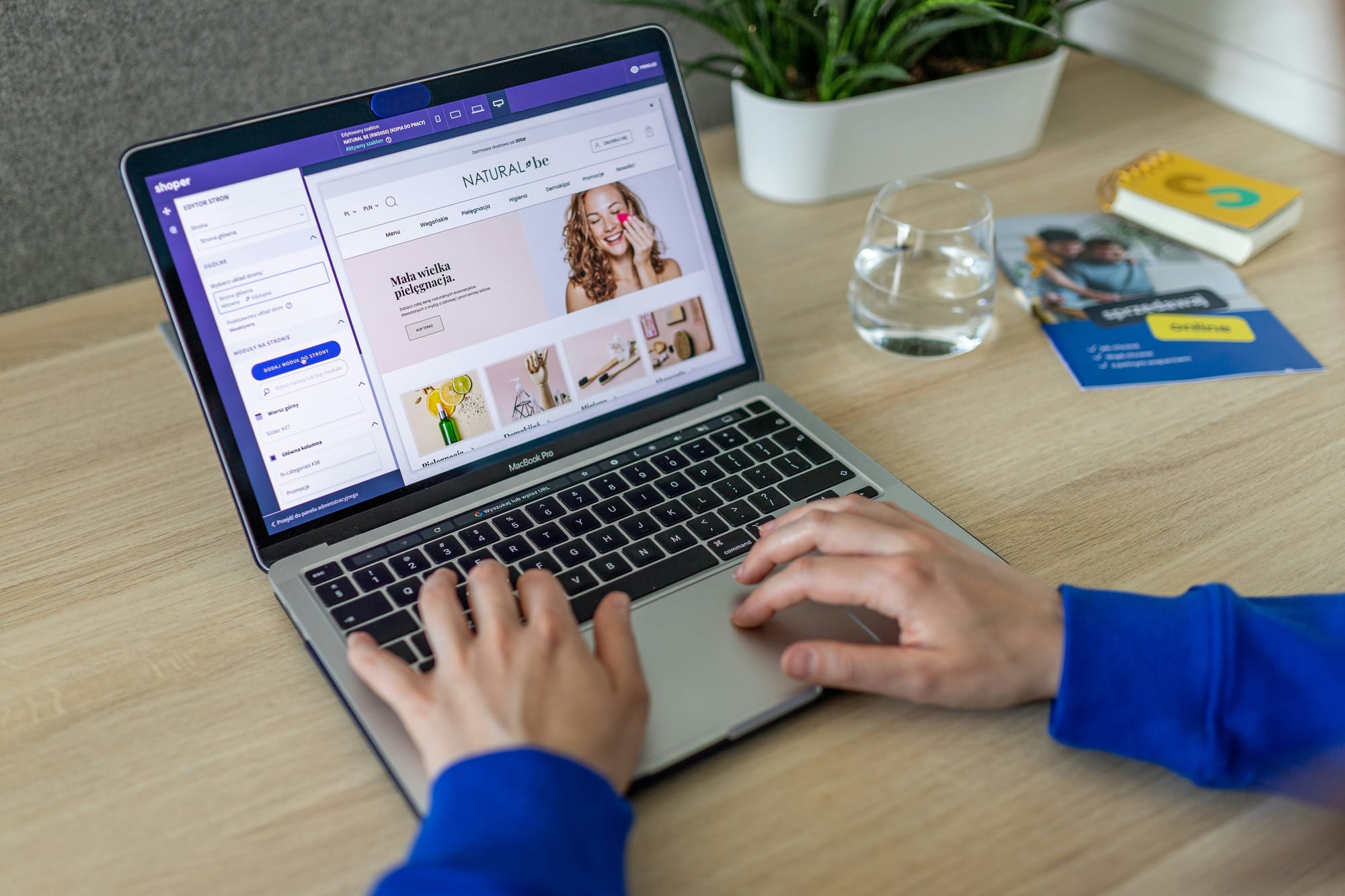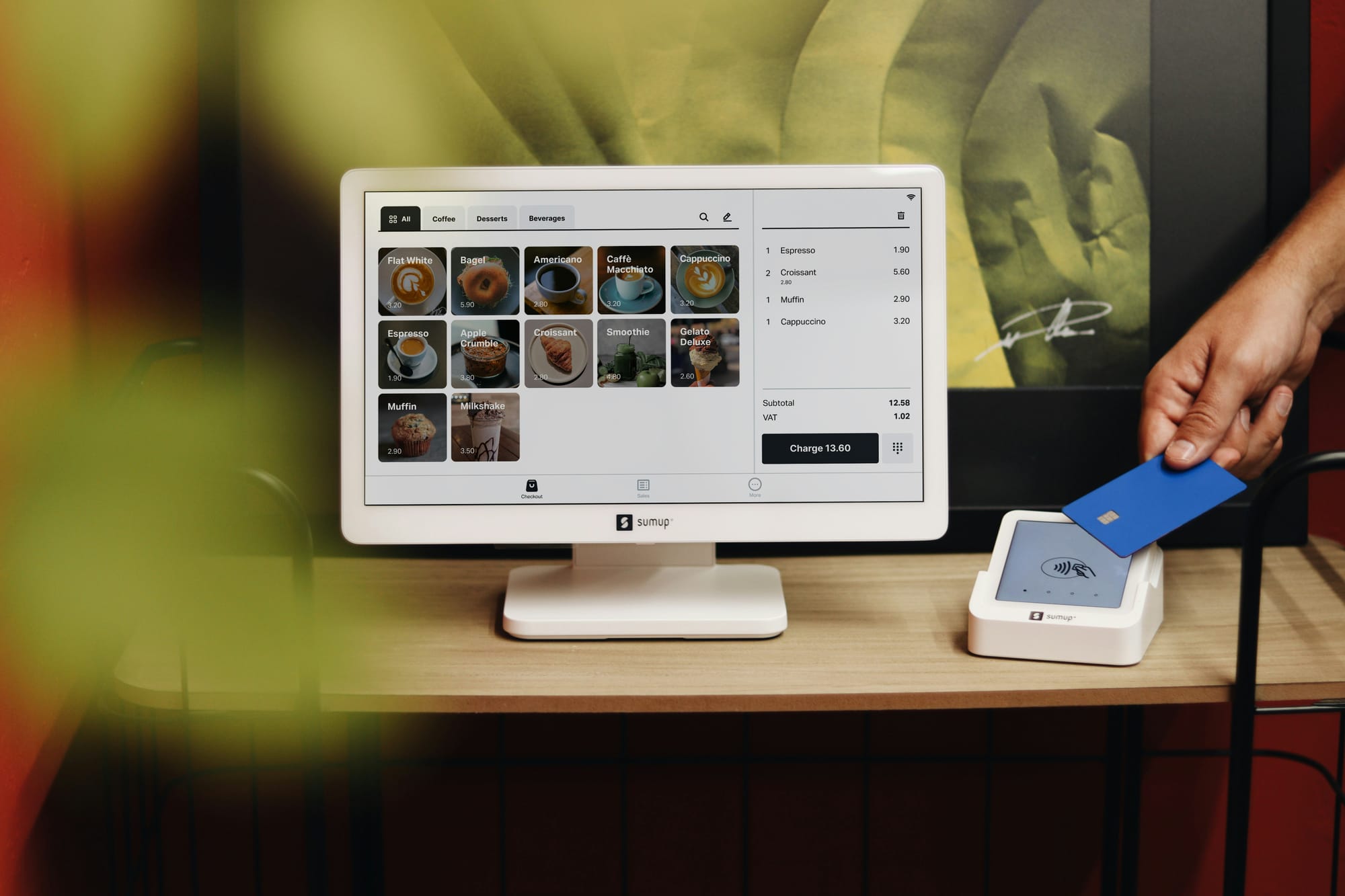B2B website personalization: enhancing user experience and driving conversions
Standing out from the crowd as a B2B business requires more than just a solid product or service offering. One of the most effective ways to elevate your business and build stronger customer relationships is through B2Bwebsite personalization. Personalization in the B2B world goes beyond simply addressing a user by name. It’s about delivering highly relevant, targeted content and experiences that align with the unique needs and preferences of your business’ customers.
In this article, we'll explore how B2B website personalization can improve user experience, increase engagement, and ultimately drive more conversions for your business.
Why B2B website personalization matters
Unlike B2C websites, where personalization often targets individuals making personal decisions, B2B websites need to focus on addressing the needs of entire businesses or departments. The decision-making process in B2B sales is typically more complex, involving multiple stakeholders and longer sales cycles. This means it’s important to deliver content that speaks directly to the needs and pain points of the decision-makers at various stages of the sales funnel.
Benefits of a personalized B2B website
- Improved engagement. By serving relevant content, such as case studies, industry-specific solutions, or tailored product offerings, you increase the chances of keeping a visitor on your site longer and moving them further down the sales funnel.
- Higher conversions. Personalized content can lead to more meaningful interactions, nurturing leads effectively and converting them into paying customers. When visitors find content that resonates with them, they are more likely to take action.
- Enhanced user experience. Personalization reduces friction by making it easier for visitors to find the information they need. The more streamlined and intuitive the user experience, the more likely visitors will be to engage with your brand.
Key strategies for B2B website personalization
To make B2B website personalization effective, you need a clear strategy. Here are some proven tactics to help you get started.
Segment your audience
Segmentation is the foundation of any successful personalization effort. Instead of treating all visitors the same, segment your audience based on factors such as:
- Industry - create content and solutions that speak to specific industries. For example, a SaaS company could segment their website to provide tailored use cases for manufacturing, healthcare, or retail businesses.
- Company size - small businesses may need more budget-friendly solutions, while large enterprises might require more scalable options. Tailor your messaging and product offerings accordingly.
- Role or title - different stakeholders within a company, whether it's a CTO, procurement manager, or marketing director, have unique priorities and pain points. Personalizing content to address these needs can improve relevance and impact.
Dynamic content for returning visitors
A key component of B2B website personalization is delivering dynamic content to returning visitors. By leveraging data such as previous interactions, location, and behavior, you can display content that is more relevant to their journey.For example:
- A first-time visitor might see an introductory offer or free demo, while a returning visitor who has already engaged with your brand may see product updates or personalized pricing.
- If a visitor has previously downloaded an ebook or whitepaper, your website can suggest more in-depth content, such as a case study or a webinar that is directly relevant to their interest.
Dynamic content creates a sense of continuity and ensures that your website stays relevant throughout the entire buyer journey. Use tools like ConversionWax to add dynamic imagery to your site.
Personalize CTAs (Calls to Action)
Personalized CTAs can significantly improve engagement and conversions on a B2B website. Instead of using a one-size-fits-all approach, tailor your CTAs based on where a user is in the funnel.
- Top of the funnel - if a visitor is early in the research phase, a CTA like "Download our free industry report" can be more appealing than asking them to schedule a demo.
- Middle of the funnel - for a user who has engaged with several resources, offering a more action-oriented CTA such as "Schedule a free consultation" or "Request a demo" makes sense.
- Bottom of the funnel - for decision-ready prospects, personalized CTAs like "Get your custom quote" or "Start your free trial" can help close the deal.
By using tools like Optimizely or Unbounce, you can easily test and deploy personalized CTAs based on user behavior and segment data.
Best practices for implementing B2B website personalization
As you implement personalization strategies on your B2B website, consider the following best practices:
Focus on data-driven personalization
Data is the backbone of any successful personalization strategy. The more data you collect about your visitors - whether through form fills, CRM data, or third-party analytics - the better equipped you are to offer tailored experiences.
- Use visitor analytics to track behavior, such as pages visited, time spent, and previous conversions.
- Integrate with your CRM to pull in valuable data points like company size, industry, and role, allowing for deeper personalization.
- Leverage account-based marketing (ABM) techniques to create hyper-personalized experiences for key accounts. This involves customizing content and messaging specifically for high-value companies you’re targeting.
Balance personalization and privacy
While personalization can greatly enhance the user experience, it’s important to balance it with user privacy. Always be transparent about how you're using visitor data and ensure you're compliant with data protection regulations like GDPR and CCPA.
Offering visitors the option to control the personalization settings, such as opting in or out of personalized experiences, can build trust and provide a better user experience.
Test and optimize continuously
Personalization isn’t a set-it-and-forget-it strategy. It requires continuous testing and optimization to ensure that your efforts are effective. Use A/B testing to experiment with different versions of personalized content, CTAs, and layouts, and refine your approach based on performance data.
Monitor key metrics such as bounce rates, time on site, and conversion rates to measure the success of your B2B website personalization efforts. Regularly analyzing these metrics can help you understand what resonates with your audience and where improvements are needed.
Get personalizing
B2B website personalization is a must-have for businesses looking to differentiate themselves in an increasingly competitive market. By tailoring content, CTAs, and experiences to meet the specific needs of your audience, you can boost engagement, enhance user experience, and drive conversions.
Incorporating dynamic content, segmenting your audience, and focusing on data-driven strategies will enable you to deliver more personalized, relevant experiences that resonate with your business customers. As the B2B landscape continues to evolve, personalization will remain a critical tool for companies looking to stay ahead of the curve.
ConversionWax is a great tool for personalization on your B2B website, and it only takes 10 minutes to get set-up. Start your free trial today
-

Unlock the benefits of website personalization
-

E-commerce conversion best practices
-

Your ultimate Conversion Rate Optimization checklist
-

How to: complete a Conversion Rate Optimization audit
-

An easy guide to ecommerce website optimization
-

Your guide to Conversion Rate Optimization best practices
-

Landing page optimization - maximizing your conversions
-

Website performance optimization techniques to boost your online business
-

Benefits of website personalization for online businesses
-

How to improve your ecommerce checkout conversion

